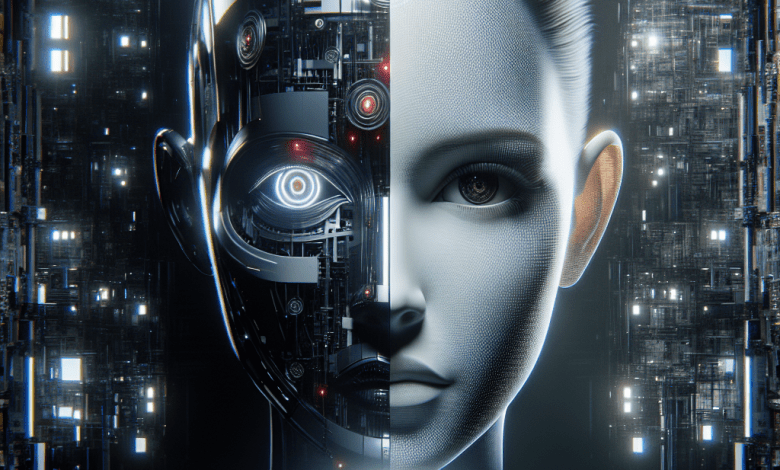The Creepy Deepfake Conspiracy

The Creepy Deepfake Conspiracy: What You Need to Know
Hey there! Let’s talk about something fascinating yet a bit unsettling—deepfakes. These AI-generated videos and images can make it seem like people are saying or doing things they never actually did. Sounds like a sci-fi plot, right? But here’s the thing: deepfakes have gone from cool tech tricks to a serious concern. So, what’s the deal with these digital lookalikes, and why are they making so many people uneasy?
Real-Life Deepfake Scares
Let’s start with some real-world incidents that got everyone talking:
- Barack Obama Deepfake (2020): A video featuring Barack Obama saying things he never actually said went viral. It was a clever demo by filmmaker Jordan Peele, but it showed just how realistic deepfakes can look—and how easily they can warp reality.
- Corporate Fraud via AI (UK, 2020): A UK CEO was tricked into transferring $240,000 after scammers used AI to mimic his boss’s voice. A high-tech scam with high stakes.
- Everyday Harassment: Deepfakes have targeted regular people, using fake explicit videos or images to ruin reputations and cause emotional distress.
These examples highlight the ethical and practical challenges deepfakes pose. By mimicking voices and appearances so convincingly, they mess with our sense of reality and put individuals and organizations on edge.
Why Deepfakes Feel So Sinister
Why do deepfakes feel so unsettling? They undermine the trust we’ve always placed in what we see and hear. For centuries, our eyes and ears have been the ultimate reality check. Deepfakes twist that trust, leaving us vulnerable to manipulation by anyone—from shady governments to rogue corporations.
Here are some scenarios that make deepfakes downright scary:
- Political Manipulation: Imagine a fake video of a politician making outrageous statements spreading across social media. It could sway elections and destabilize democracies.
- Blackmail and Extortion: Criminals could create fake evidence to threaten and exploit people. It’s a chilling thought.
- Social Polarization: False narratives spread by deepfakes can deepen divides within communities and make it hard to agree on what’s true.
Fighting Back Against Deepfakes
As deepfake technology advances, efforts to combat its misuse are ramping up:
- Detection Tools: AI software is being developed to spot fake videos by analyzing inconsistencies. But it’s a constant back-and-forth—better detection leads to smarter fakes.
- Legislation: Countries like the U.S. and EU are introducing laws to penalize malicious deepfake use, but enforcement remains a challenge.
- Public Awareness: Educating people about deepfakes and their risks is key. Media literacy has never been more important.
Balancing Innovation and Ethics
Let’s not forget: deepfakes aren’t inherently bad. They can revolutionize fields like education and entertainment—think historical figures brought to life for learning or enhanced special effects in movies. The challenge? Using this technology responsibly while stopping bad actors from exploiting it.
The Uncanny Future Ahead
Deepfakes are pushing society to rethink our relationship with digital media. They challenge the very idea of truth, forcing us to be more critical about what we see and hear. Technology has always been a double-edged sword, but the stakes are higher than ever. If we don’t address the ethical and regulatory challenges of deepfakes, we risk living in a world where trust is constantly in question.
So, what’s the takeaway? The deepfake issue isn’t just about rogue programmers or shadowy conspiracies. It’s a wake-up call about the power—and dangers—of unchecked technology. As we navigate this eerie digital frontier, one big question remains: Can we outsmart the tools we’ve created, or will they outsmart us?
Stay Ahead in AI
Get the latest AI news, insights, and trends delivered to your inbox every week.





3 Comments